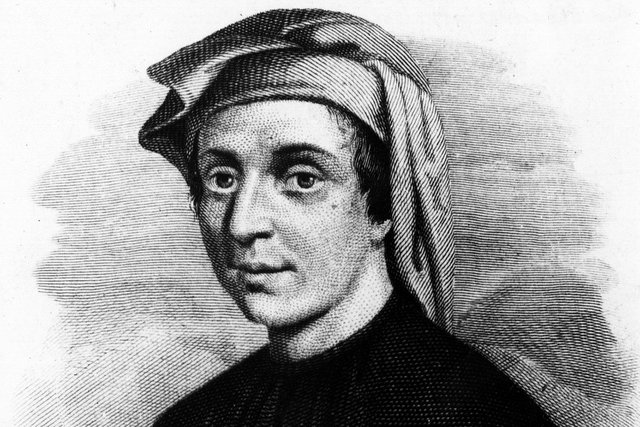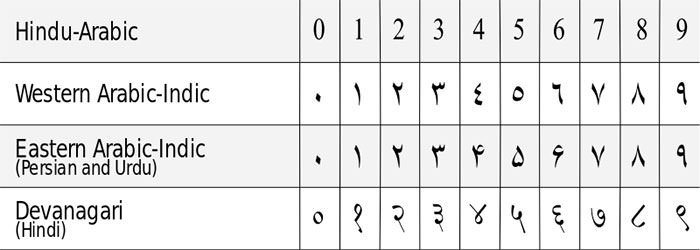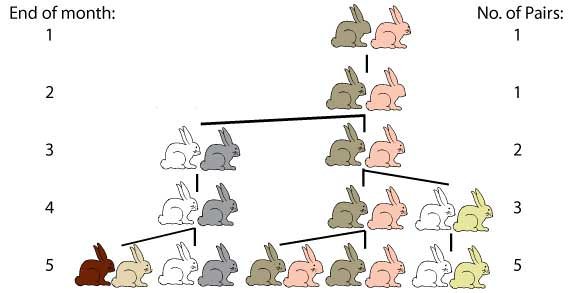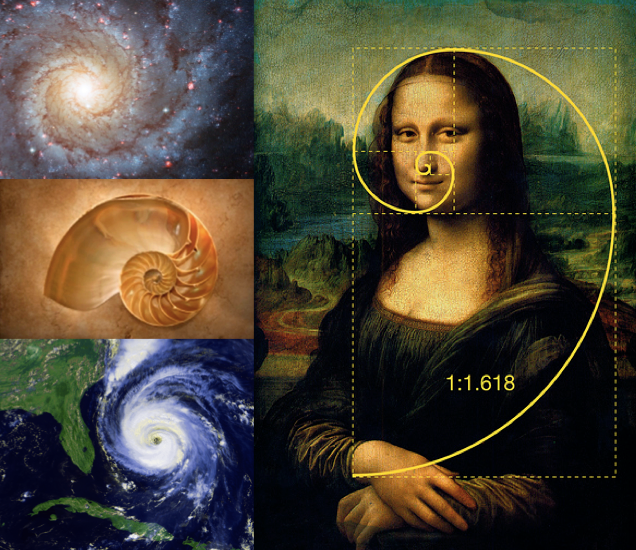Leonardo Fibonacci: A journey to the perfect proportion and laying a mathematical foundation for the world
The Fibonacci sequence – 1 1 2 3 5 8 – swirls around us in everything from the structural integrity of the triangle in engineering to the swirls of a flower's petals. Almost as if nature encoded a secret message in every aspect of the natural world. 1 1 2 3 5 8. 1 1 2 3 5 8. 1 1 2 3 5 8. Even in its simple repetition you find a rhythm. Some question the breadth in which we apply the Fibonacci sequence – the result of the mind's obsession to find patterns. Others see it as the key to understanding the mysteries of the natural world.
Regardless, the sequence has held the attention of scholars and artists for almost a thousand years. Leonardo Da Vinchi called it the most perfect proportion in the universe and the closest thing to the divine. It’s hard coded in your DNA and how we perceive beauty. Our ears even love the sound of the series, as musical frequencies are attuned to the symphony of Fibonacci.
Leonardo Fibonacci – As mysterious as the sequence
There is not much to read into Leonard’s life. We do not have biographies or extensive memories. Even his birth date is obscure. We know he was born around 1170 and died between 1240-1250 in Pisa, Italy. We do not have many quotes or celebrated epithets. But, from the little we do have, historians have tried to gather a sense who Leonardo Fibonacci was.
“If by chance I have omitted anything more or less proper or necessary, I beg forgiveness, since there is no one who is without fault and circumspect in all matters.” Leonardo Fiobannci
Son to a wealthy Italian merchant, he spend most of his youth In the port city of Bejaia located at the tip of North Africa. There,he studied mathematics with an Arab master. At this time, the Middle East was till in the Golden Age of the Islamic Renaissance, which gave us Algebra, algorithms, the first cataract surgery, our modern number system, and the foundation of modern cartography.
Although his teacher remains a mystery, Leonardo learned from one of the best math teacher’s money could buy from a region then known for its genius with numbers. He was privileged but also curious showing a sense of humility and a passion for numbers at an early age. For young Leonardo, numbers were not meant for a selective few. It was the basis in which God connected humans to the divine and natural wold.
Liber Abaci
We know little else until his first book the Liber Abaci that popularized the modern day counting system in Europe. He applied the Arabic Hindu number system he learned from his teacher to subtraction, addition, unit conversions, and multiplication problems covering ever more complex computations in commerce.
Look familiar? It’s how everyone in the world counts...in the base of 10 and has become the foundation of every industry and field we know today. He also applied the system to reduce the complexity of world problems, where simple mathematical computations could take pages.
Here is a sample problem from the Libra Circa…give it a shot. O by the way, the book was written in Latin then.
With Liber Abaci, he helped translate and popularize the efficient Arab- Hindi computational system to Europe. Think of every time anyone has added something using this number system in the West (albeit invented in India around 6th century India so we can’t give him the credit for the discovery) and you can say Leonardo has left quite a legacy already.
The Libra Circa also established Leonardo as a leading mathematician of his time and earned him the favor of Emperor Fredrick the II, who commissioned him as a member of the court. There, he joined an elite level of scholars.
The Book of Squares – The Congruum Problem, Number Theory, and Number Squared
Equally profound as the Fibonacci sequence but rarely remembered is Leonardo's contribution to number theory. In terms of practical application, the Book of Squares has very little rivals. It's pages laid the solution to the congrum problem, Pythagorean triples, and the famous formula that the sum of odds equals a perfect square.
“A congruum (plural congrua) is the difference between successive square numbers in an arithmetic progression of three squares. For example, 96 is a congruum, because it is the difference between each pair of the three squares 4, 100, and 196 (the squares of 2, 10, and 14 respectively).
The first few congrua are:
24, 96, 120, 216, 240, 336, 384, 480, 600, 720 …
Since every congrumm describes the area of a right triangle with rational sides, all congrumms are congruent. Pythagorean triples! Its application? In almost everything we build. Look around you. Why? Because when force is applied to a triangle, it maintains its shape while a square flattens. Before computers, congrumm’s helped increase computational efficiency in engineering.
In this book we also find the equation n2=∑nk=1(2k−1). In English, the sum of all odd numbers is n^2 or a perfect square. Further increasing the efficiency of additive computation and a foundation of some of our most used algorithms.
1 +3 = 4
1 + 3 + 5 = 9
1 + 3 +5 + 7 = 16
The Fibonacci Sequence and the Perfect Symmetry
In many ways, it is ironic we know him for one crowning achievement, when the Fibonacci Sequence was really a small part of a much fuller and richer story. Leonardo was one of the most monumental mathematicians in history. Not just for his theories but because he pushed himself to solve real world problems.
Many of us know the thought experiments with rabbits that led to the discovery of the perfect pairs or the Fibonacci Sequence. The heart of the problem was to identify how quickly bunnies would multiply if there was a pair in which none of the offspring died. These assumptions make sense to me, the discovery of the perfect pair needed the perfect conditions. Even if only just a hypothetical one.
The question is why has the Fibonacci Sequence become such a fascination and an integral part of our lives? If you think about a conceptual pair – it is the bringing of two objects. To pair something is to link things together, to unify them. In the Fibonacci Sequence we get the perfect paring in the Golden Ratio or 1.168. In this ratio. What many mathematicians call perfect symmetry and thus what humans perceive as beauty. The more things that are attuned to this ratio the more appealing something appears. Nature, in its own perfection, follows suit from the spiraling of flower petal to the whirling of galaxies. To me, the Golden Ratio, shows us we are at one with all matter.
The Golden Ratio has been widely debated. Some scholars have shown the Golden Ratio can be applied to pretty much anything if you manipulate the rectangles in the right way. Then the question becomes, how accurately is the Golden Ratio really applied and how much is just speculation? We’ll let the mathematician's and philosophers debate the authenticity.
Here are some more practical applications. I love crypto currency and thanks to the Fibonacci sequence I have saved thousands. In trading we use something called Fibonacci retracements to breakdown the unpredictability of the markets into probabilities. Recently, I was going to buy Golem last night - a crypto currency based on Etherium. However, running the retracement, I found that the price had a 2:1 odds of going down. The graph did not fail me. I bought at 27% lower the price you see here.
Okay. So far we have science, nature, and finance. What else? Well, we are just getting started. Did you know that musical frequencies follow the Fibonacci Sequence and the Golden Ratios.
It’s also in the data architecture and algorithms that run your computer in sorted arrays.
Math is communication in its simplest form
Of course, as common with people we admire, Leonardo never stopped learning. In his research into number theory and the Fibonacci Sequence, he identified the importance of representing fractions as decimals. By identifying how to more efficiently communicate fractions through the Hindu Arabic number system, Leonardo helped spread the foundation of the world's monetary and financial systems, revolutionized commerce through quicker fractional computations, and helped laid the mathematical foundation of almost everything else you can think of. Fractions in base 10 literally powers the world.
What made Leonardo Fibonacci a great teacher and mathematician was not just his relentless curiosity, it was his humility. He knew at a fundamental level that no matter how great a discovery is, if not properly communicated it would mean nothing. That’s why I believe, where his passion for numbers came from. In a world filled with complexity, roman numerals and word problems pages long, he knew that numbers could be a common language in which all can communicate. In this way, I always believed that mathematicians, more than anyone else, are the ones bringing nature and humans together. Leonardo Fibonacci was no exception.




Nice article, but your first paragraph says the Fibonacci sequence is 1 1 3 5 8, which is wrong. The correct sequence is 1 1 2 3 5 8, given that each number is the sum of the two previous numbers.
Whops! Thanks typos T_T. Really appreciate you pointing that out!
I'm going to sleep, I find it interesting. I will investigate more on the subject. Thank you.
Congratulations @chingujo! You have completed some achievement on Steemit and have been rewarded with new badge(s) :
Click on any badge to view your own Board of Honnor on SteemitBoard.
For more information about SteemitBoard, click here
If you no longer want to receive notifications, reply to this comment with the word
STOPBy upvoting this notification, you can help all Steemit users. Learn how here!